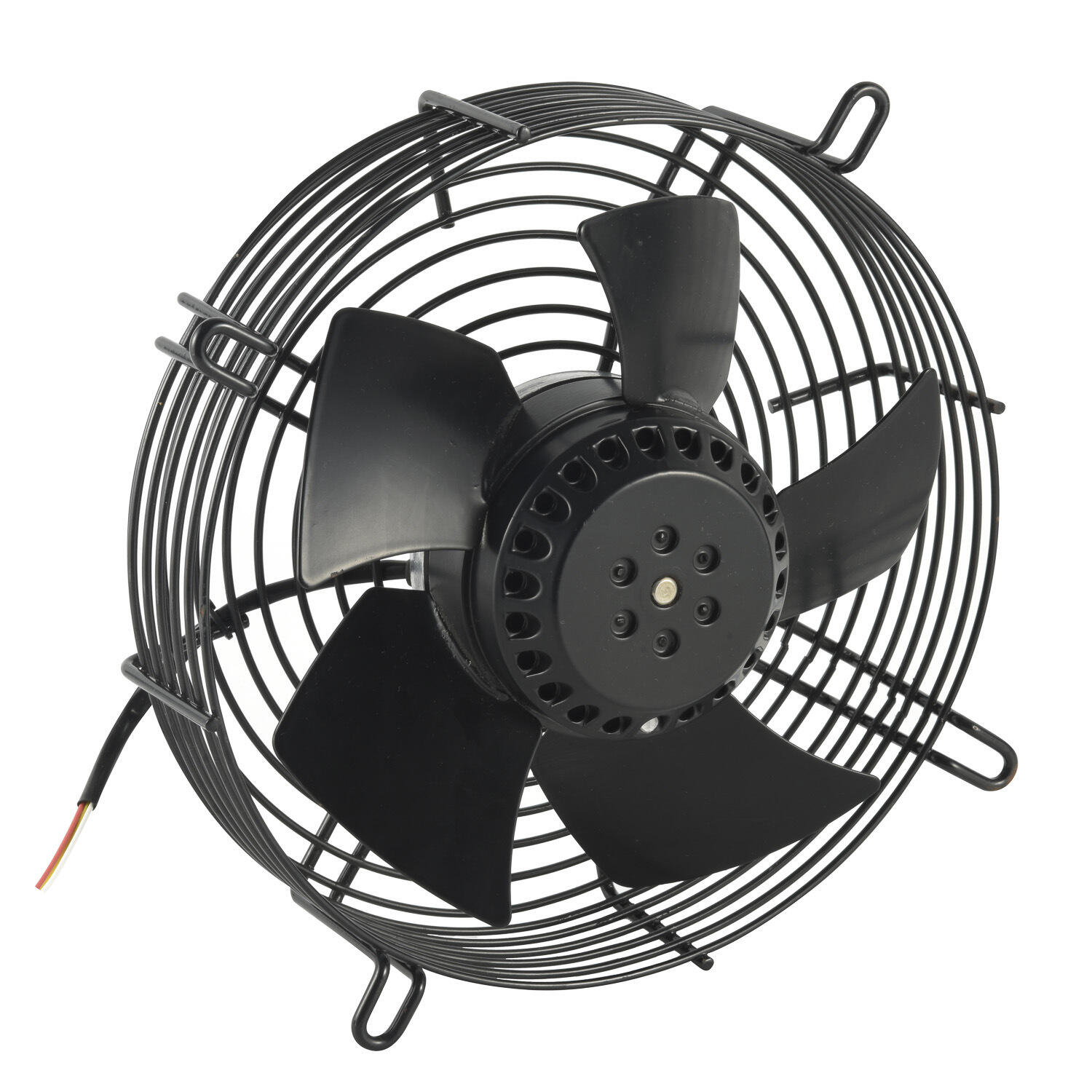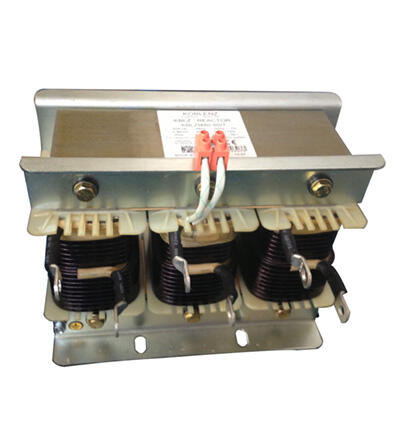tipos de ventiladores de enfriamiento
Los ventiladores de enfriamiento representan componentes esenciales en los sistemas modernos de gestión térmica, abarcando varios tipos diseñados para satisfacer diversas necesidades de enfriamiento. Estos incluyen ventiladores axiales, caracterizados por su patrón de flujo de aire recto y su gran capacidad de volumen, ventiladores centrífugos que crean diferencias de presión para un movimiento eficiente del aire, y ventiladores de flujo cruzado que ofrecen una distribución uniforme del aire. Cada tipo sirve aplicaciones específicas, desde el enfriamiento de computadoras hasta la ventilación industrial. Los ventiladores axiales, el tipo más común, tienen aspas que giran alrededor de un eje central, empujando el aire paralelo al eje. Sobresalen en aplicaciones que requieren un alto flujo de aire con requisitos mínimos de presión. Los ventiladores centrífugos, también conocidos como sopladores, utilizan impulsores rotativos para acelerar el aire radialmente, convirtiendo la velocidad en presión. Estos son particularmente efectivos en aplicaciones que requieren una mayor presión, como en los sistemas HVAC y procesos industriales. Los ventiladores de flujo cruzado, distinguidos por sus impulsores cilíndricos alargados, proporcionan un flujo de aire constante a lo largo de su longitud, lo que los hace ideales para cortinas de aire y sistemas de enfriamiento que requieren una distribución uniforme. Los ventiladores de enfriamiento modernos incorporan funciones avanzadas como control de velocidad variable, sensores de temperatura inteligentes y motores eficientes en energía, asegurando un rendimiento óptimo mientras se minimiza el consumo de energía.


